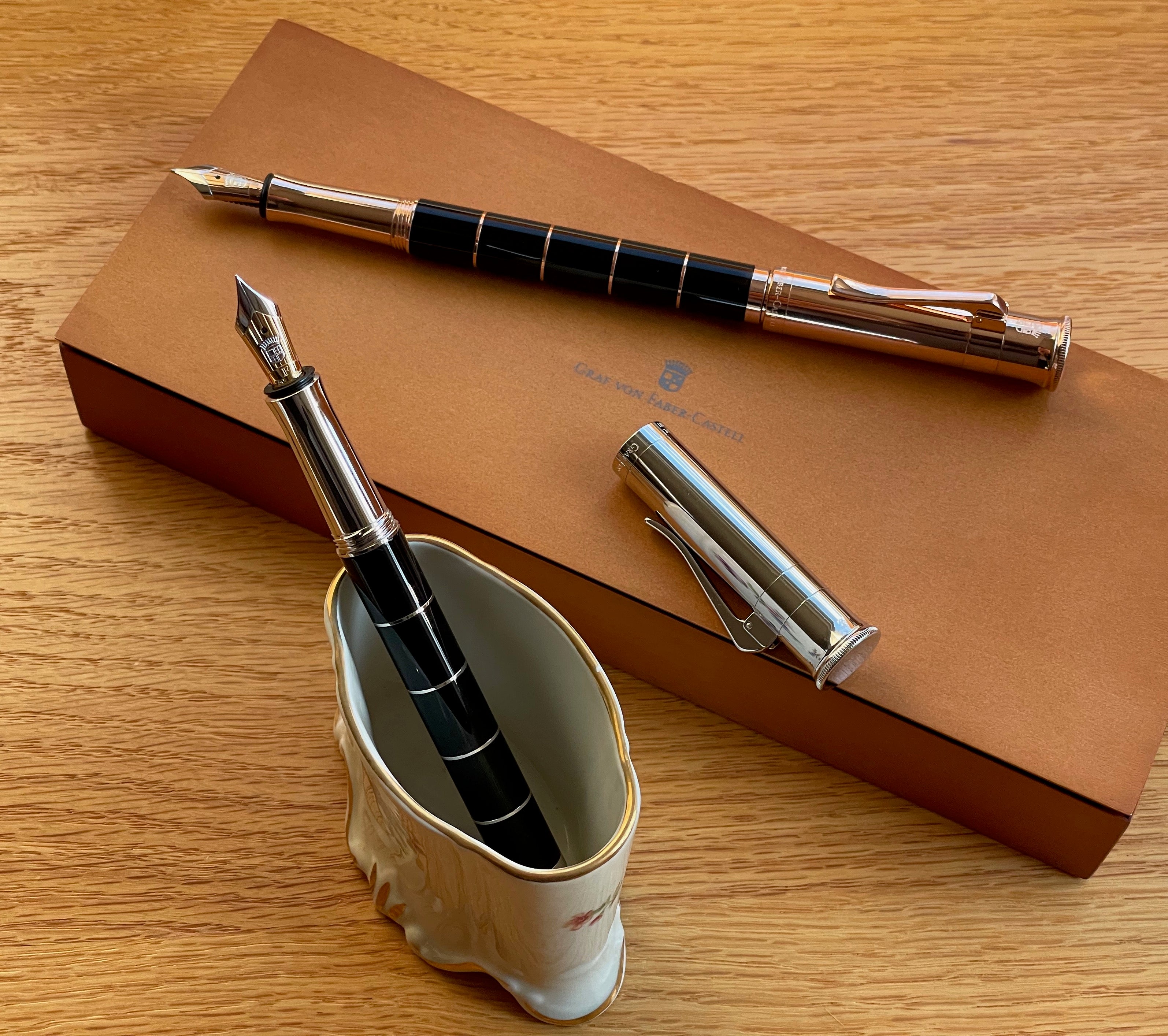


Anderillium Avian Ink - Shoebill Stork Grey - 1.5 oz
Choose options
Shoebill Stork Grey Ink of Avian collection by Anderillium!
A tall and terrifying bird, many people find the shoebill stork reminiscent of dinosaurs, and for good reason. The Shoebill Stork, like all of our modern birds, is descended from a group of dinosaurs called theropods which included the Tyrannosaurus rex. The shoebill is known to ornithologists as Balaenicps rex, or B-rex, meaning ‘the whale-headed king’, a reference to the bird’s most prominent feature. That giant bill is the stork’s main tool for hunting, but it comes in handy for a number of other uses also. Shoebills keep their eggs cool by scooping their bills full of water and pouring it over the nest. They also use the large hollow bill as a resonator for sound, but their "call” might not be what you expect. While shoebills have a syrinx (the bird equivalent of our voice box), they clap the upper and lower parts of their bill together rapidly to make a ‘machine gun’ sound that is very unique and carries quite far. So if you find yourself in the swamps of east Aftrica and hear something that sounds like gunfire, it might just be a B-rex caling for a mate or warning away a competitor. They need to be able to call over long distances because these birds are typically solitary and defend large territories. Those territories always include large areas of wetlands where B-rex can hunt. These birds specialize in watching and waiting for lungfish (yes they’re a thing) or frogs to surface for a breath in oxygen-poor water, at which point the birds snatch up their meal in a lightning fast grab with that strong crushing bill. Shoebills stay the same color for life, a medium grey with flecks of black on the tips of some feathers. Males and females are both the same color, even the juveniles are grey. While these birds are not remarkable for their grey color, they are quite remarkable and we should strive to safeguard their habitats so that they can continue their reign over the wetlands for many years to come.
| Brand | Anderillium |
| Colors | Shoebill Stork Grey |
| Compatibility | Compatible fountain pens |
| Material | Glass |
| Permanent | No |
| Pigmented | No |
| Scented | No |
| Shimmer | Yes |
| Size | 50 ml |
| Special Features | Playful Silver lid |
| Type | Ink Bottle |
| Water Resistant | No |




























